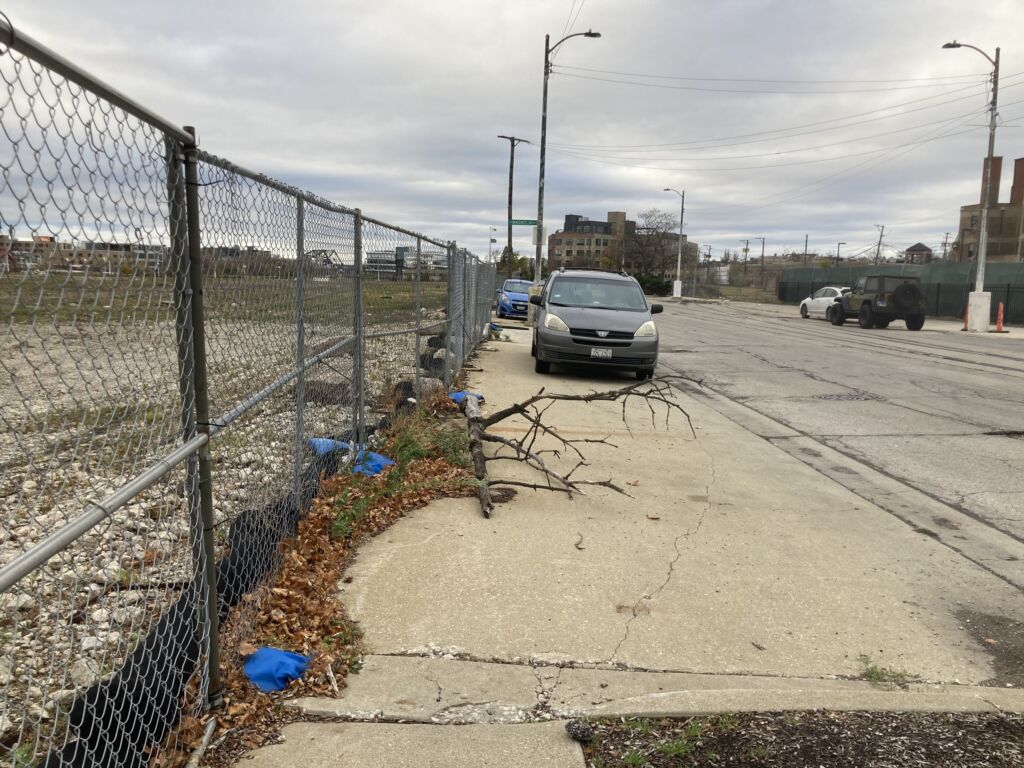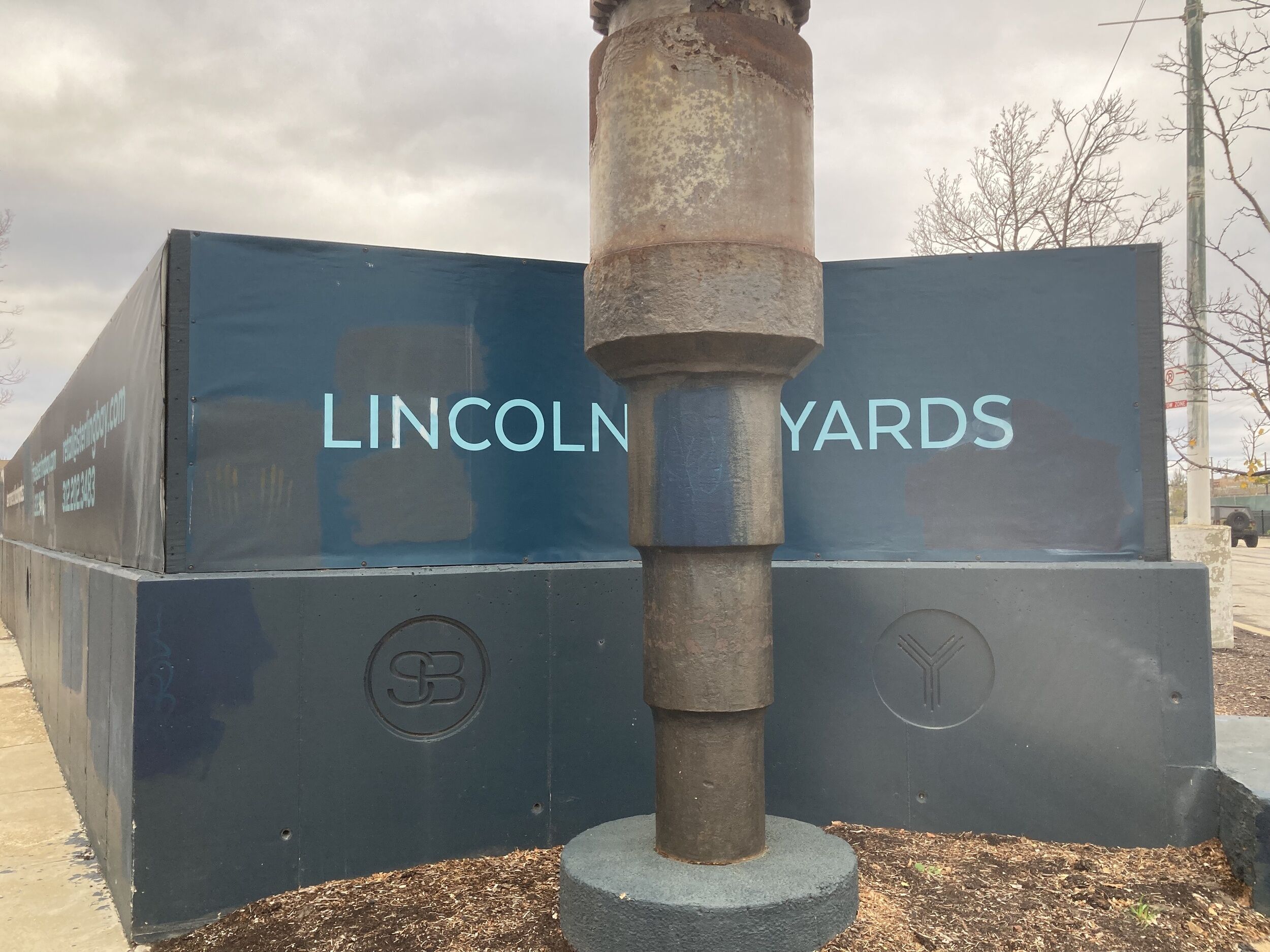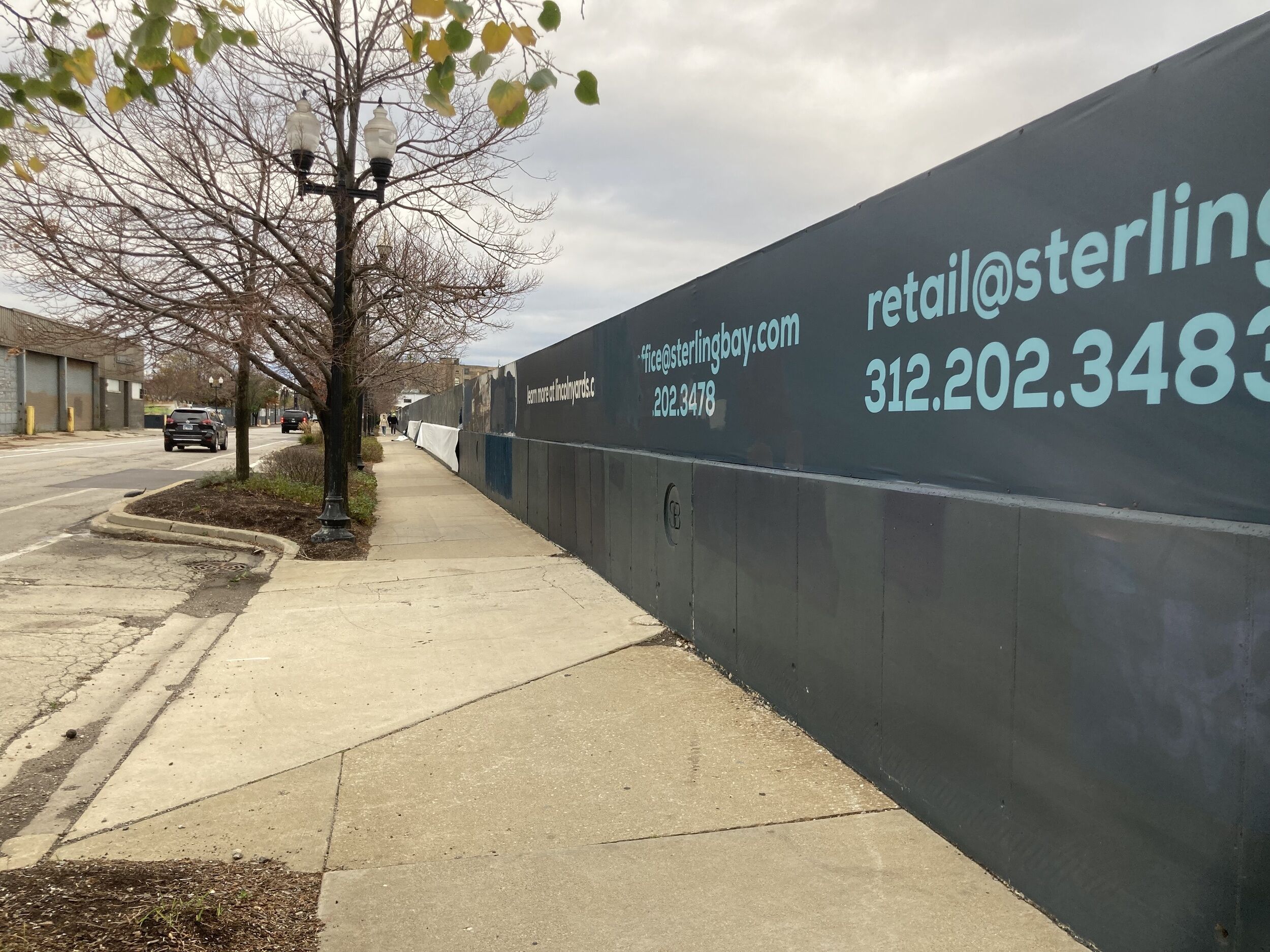lincoln yards: a warning

“Where Chicago Connects” is the slogan that real estate developer Sterling Bay (SB) has chosen for Lincoln Yards, the company’s multi-billion dollar development project in between Lincoln Park, Bucktown, and Wicker Park.
While promises of well-used public amenities for all Chicagoans have been made by the developer, projects of similar ambition around the country have led to remarkably unequal neighborhoods that divide the population, rather than connect it.
 Lincoln Yards has been a point of contention since Sterling Bay bought the site in 2016. The $6 Billion dollar mixed-use project along the North Branch of the Chicago River promises to “breathe fresh life” into the area. With their plans for mixed public space and an improved rail, shuttle, and water taxi transit hub, SB promises to create a community where Chicago can “connect.”
Lincoln Yards has been a point of contention since Sterling Bay bought the site in 2016. The $6 Billion dollar mixed-use project along the North Branch of the Chicago River promises to “breathe fresh life” into the area. With their plans for mixed public space and an improved rail, shuttle, and water taxi transit hub, SB promises to create a community where Chicago can “connect.”
After years of back and forth with investment groups, planning commissions, and community activists, development is finally beginning to take shape on the former industrial site. Sterling Bay’s comprehensive plan includes a new transportation hub, 600 foot office towers, 6 thousand new housing units, and extended public space along the riverfront.
On its surface, Lincoln Yards is a perfect repurposing of a former industrial park, making great use of prime urban space in the heart of Chicago’s North side. With a planned 1,200 units of affordable housing and a potential of 24,000 permanent jobs promised by Sterling Bay, it’s possible this development could work well for Chicagoans across the socioeconomic spectrum. However, when you look into the outcomes of similar projects around the country, the future of Lincoln Yards appears much less admirable.
In the mid 2000s, the city of Boston had a unique opportunity to repurpose their Southern waterfront. A long decline in the shipping industry had left the seaport region a dreary collection of abandoned warehouses and parking lots. There was enormous potential to build an equitable, welcoming neighborhood right next to the downtown. Ten years and $18 billion dollars of public funding later, Seaport is just the opposite of equitable.
The neighborhood has a median household income of nearly $133,000, and a population astonishingly 89 percent white. The plaza’s are sterile, and the commercial districts, full of designer retail and expensive restaurants, are geared towards those with a sizable disposable income.

Seaport now boasts dozens of corporate offices for some of the country’s most prestigious firms, a quality deeply sought after by the Lincoln Yards development as well.

Seattle’s South Lake Union went through a similarly disappointing transformation in the nineties. In the midst of planning a densification of the area, Seattle twice rejected a proposal for a large central park called “The Common.” Now the area has a median income of over $100,000, and is more a feature-less stomping ground for Amazonites than anything else.
Shiny glass offices with high-paying tech companies are understandably enticing to urbanists and city officials alike, especially when paired with extensions to transit networks and public space.
Redevelopment of unused properties is a good thing, but exclusionary pricing turns proposed public space closer to a private dining club than an open park.
Only ten percent of the on-site housing units in Lincoln Yards will be ‘affordable,’ meaning the development is already set out to become an incredibly unequal neighborhood.
Without persistent action from members of the community and planning commission, Lincoln Yards is destined to wind up like the Seaports and SLU’s of the world – a sterile, unequal community more in service of conglomerates than communities.
It’s possible to have redevelopment without overwhelming demographic shifts, too. One example comes from Melrose Commons in the Bronx, where a development plan was strategically designed in conversation with an organization of local residents. They set out a list of progressive attitudes towards development, and the renewal plan produced no involuntary displacement. A notable difference between Melrose Commons and Lincoln Yards: 2,000 on-site affordable units in the New York City development, compared to SB’s proposed 600.
As Sterling Bay continues to break ground on their many construction projects in the former steel yard, don’t get distracted by their promotional mock-ups that look more like sci-fi movies than reality. Watch the neighborhood prices closely, talk to community leaders about your concerns, and keep developers accountable for their promises of “connection.”
